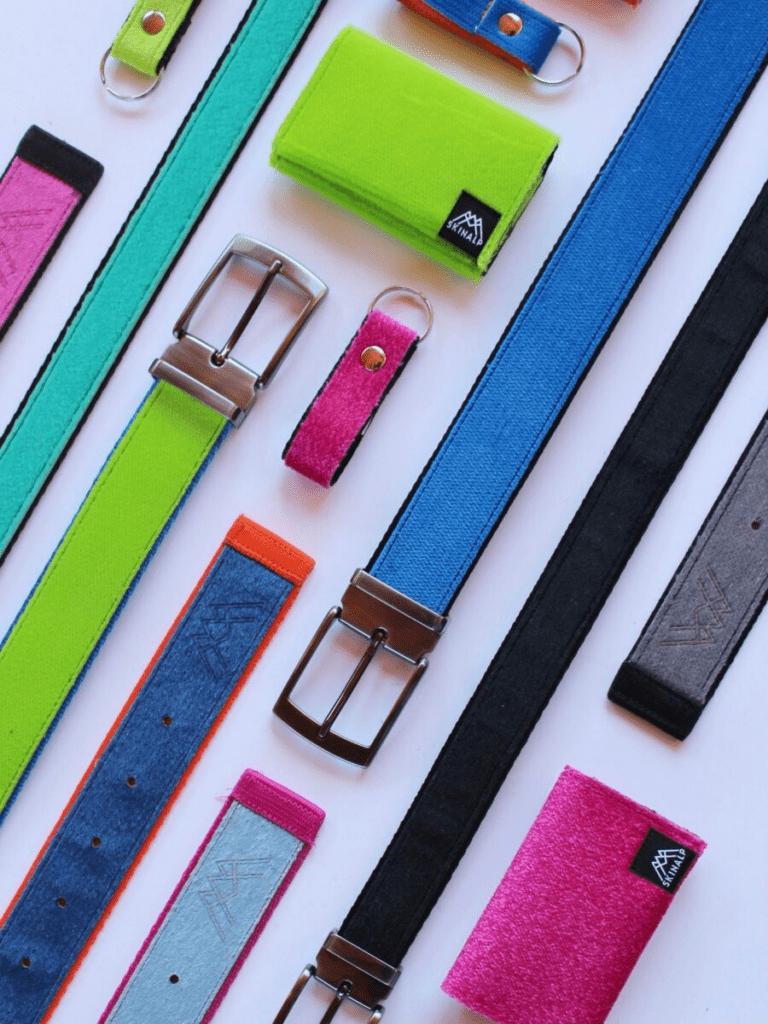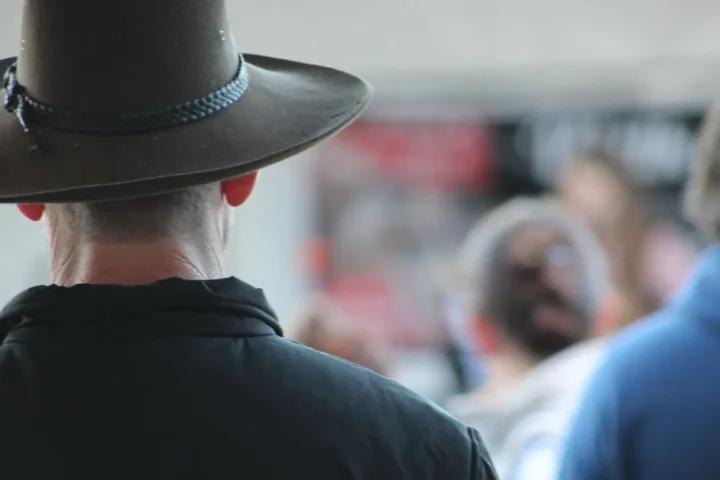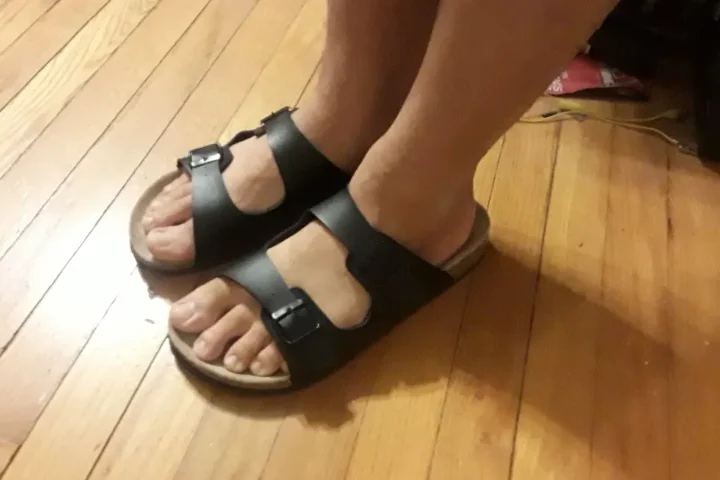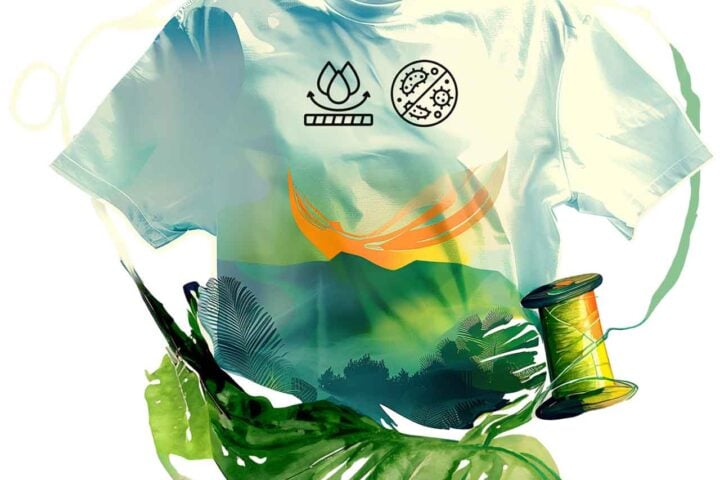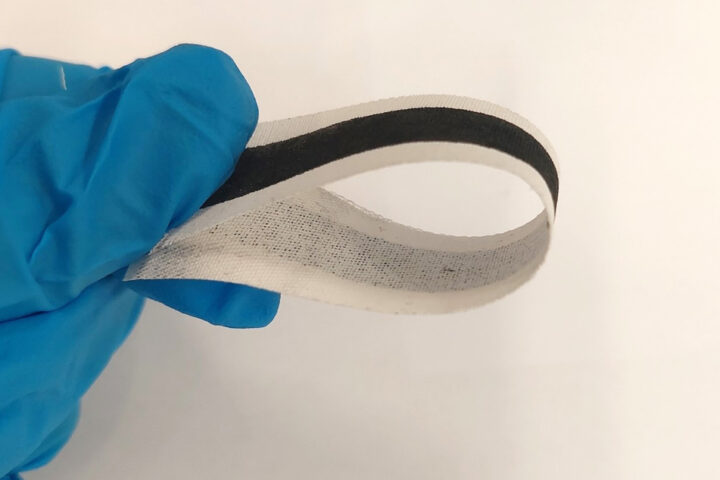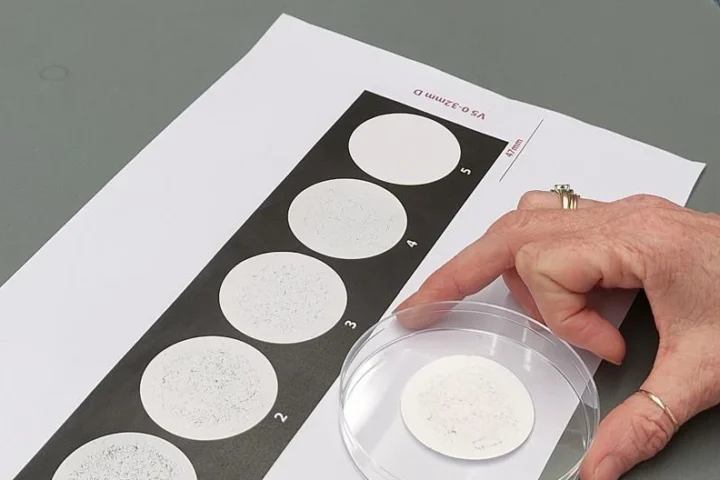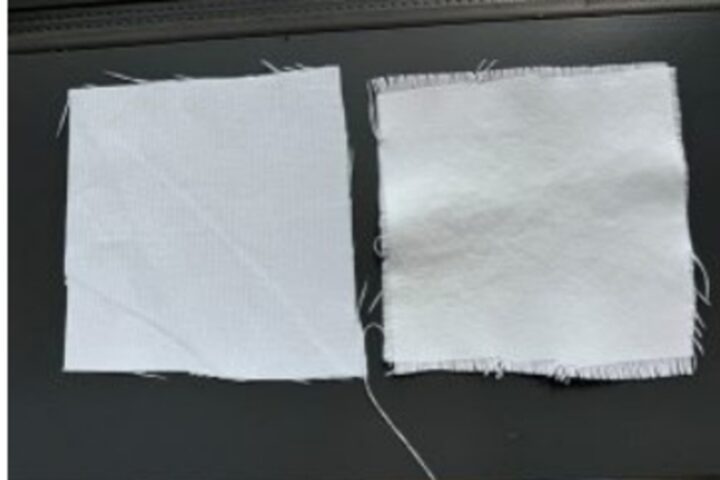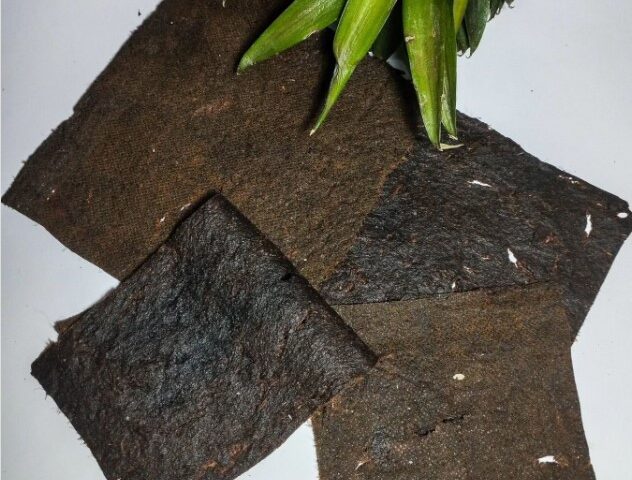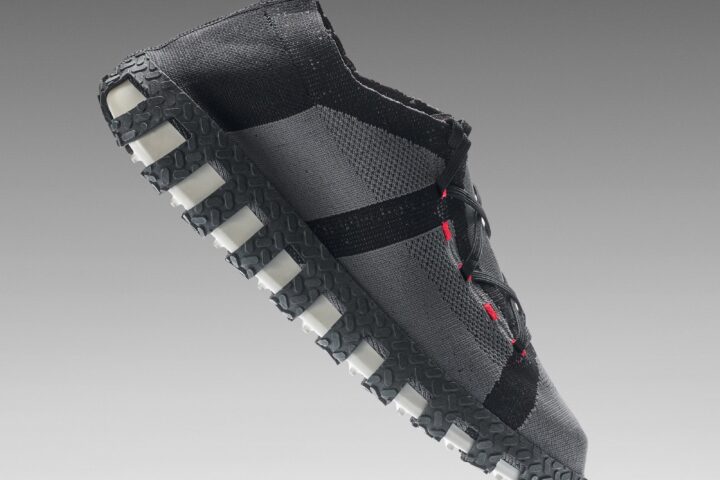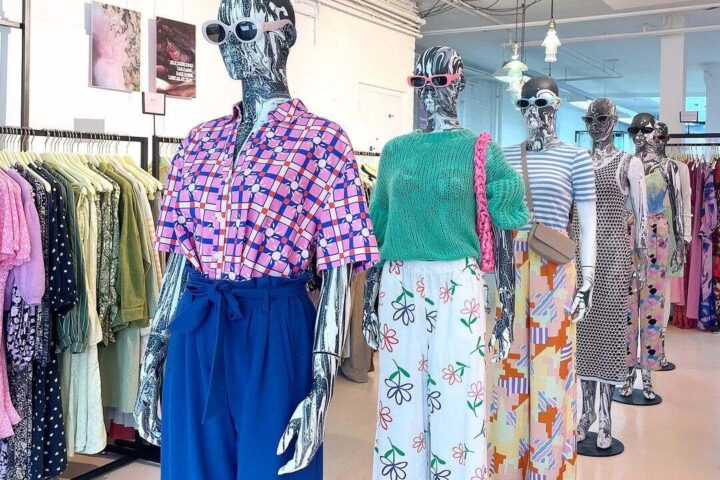On mountains covered with snow and slopes like the gentleness of a dove, Ski mountaineering becomes a sought-after thrill, thus making Ski touring skins an absolute compulsion for those wanting a taste of the sport. When using skis to ascend a ski slope or a valley, their goal is to prevent sliding backwards.






Owing to their animal origins around the turn of the century, they are still referred to as “pelli di foca,” even if they now contain varying amounts of synthetic fibers and/or mohair wool.
The “hairy” side of ski touring skins, which also feature an adhesive side, gives you traction on the snow so you can ascend the slopes without slipping back. The various skin tones are determined by necessities rather than just personal preference in terms of aesthetics. For instance, the pink version was designed with racing in mind (lightness, speed), but the black version had the best grip (and longer hairs).









Revolutionising these very skins, Skinalp, a project born in Aosta Valley, a small region in Italy at the base of Mont Blanc (4.810 m), where the initiative was born in 2016. The Sanonani House receives 1% of their annual revenue as a donation to aid homeless children in Nepal. An organisation called Sanonani is responsible for looking after a children’s home close to Kathmandu. It is also assisting with the reconstruction of the homes that were destroyed by the 2015 earthquake.






Skinalp functions on the principle of upcycling and recycling for the better. Its distinctiveness comes from the fact that it gives ski touring skin manufacture waste a second chance.
The origins of this concept may be traced to the founders’ education and attention to sustainability, reuse, and recycling. By repurposing waste materials into new products that improve their quality and perceived worth, upcycling enables us to offer them a second chance at life.




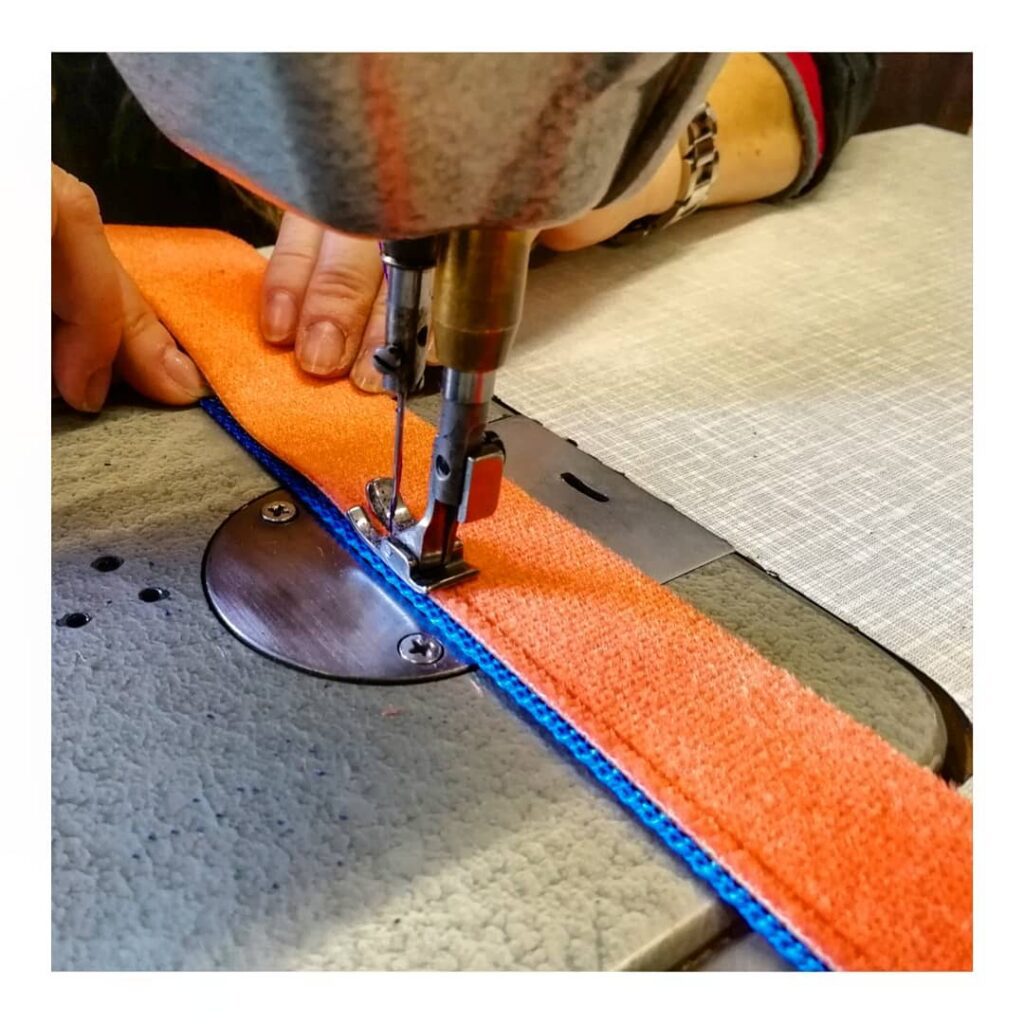



Upcycling is ingrained in the Skinalp initiative like DNA. Their goods are manufactured from ski touring skins that would have been discarded because they were over-cut, leftover, or of inferior quality (colour pigmentation difficulties, unglued rolls, etc.). Even the interior of their wallet is constructed from recycled materials; groundsheets from camping tents that were left in the warehouse after being unsold were used.






Skinalp uses over-trimmed or discarded ski touring skins from Pomoca SA. Black belts by Skinalp are constructed with yarn that is entirely manufactured from recycled plastic bottles from Northern Italy. The business has been recycling ski touring skins equivalent to 406 pizzas since 2016.
